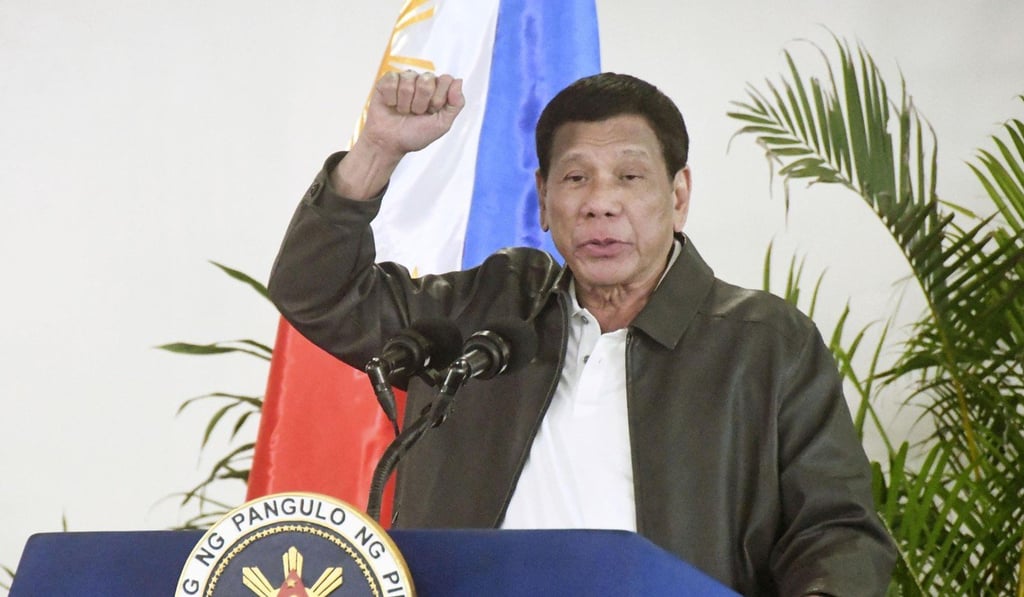Advertisement
China promised Duterte US$9 billion. He’s had only US$924 million in loans and grants. Why?
- Beijing in 2016 pledged to fund an array of major construction jobs for the Philippine president’s signature Build, Build, Build programme
- But three years on, many projects remain on the drawing board, leaving Duterte with little to show for his much-touted policy pivot to China
Reading Time:4 minutes
Why you can trust SCMP

China and the Philippines signed six deals last week that boosted Beijing’s funding for the Southeast Asian nation to a total of US$924 million, but the amount is a long way from the US$9 billion pledged in 2016.
The discrepancy has left critics asking what Philippine President Rodrigo Duterte has to show for his policy pivot to China, which he previously touted as a boon for trade and tourism.
The latest agreements included feasibility studies for two construction jobs tied to Duterte’s Build, Build, Build programme, an infrastructure initiative he promised would spur economic growth.
Advertisement
The projects – a 27.1 billion peso (US$530 million) bridge linking Panay and Guimaras islands in the central Philippines, and a 25.6 billion peso expressway in Duterte’s southern home city of Davao – are in the “advance stages of planning”, according to public works secretary Mark Villar.
The studies are being financed by grants and carried out by state-owned Chinese firm CCCC Highway Consultants.
Advertisement

Chinese Vice-Premier Hu Chunhua, who witnessed the signing of the deals in Manila on Thursday, later met with Duterte and stressed that Beijing had an interest in integrating its Belt and Road Initiative, the country’s global trade strategy, with the Philippines’ own infrastructure aims.
Advertisement
Select Voice
Choose your listening speed
Get through articles 2x faster
1.25x
250 WPM
Slow
Average
Fast
1.25x